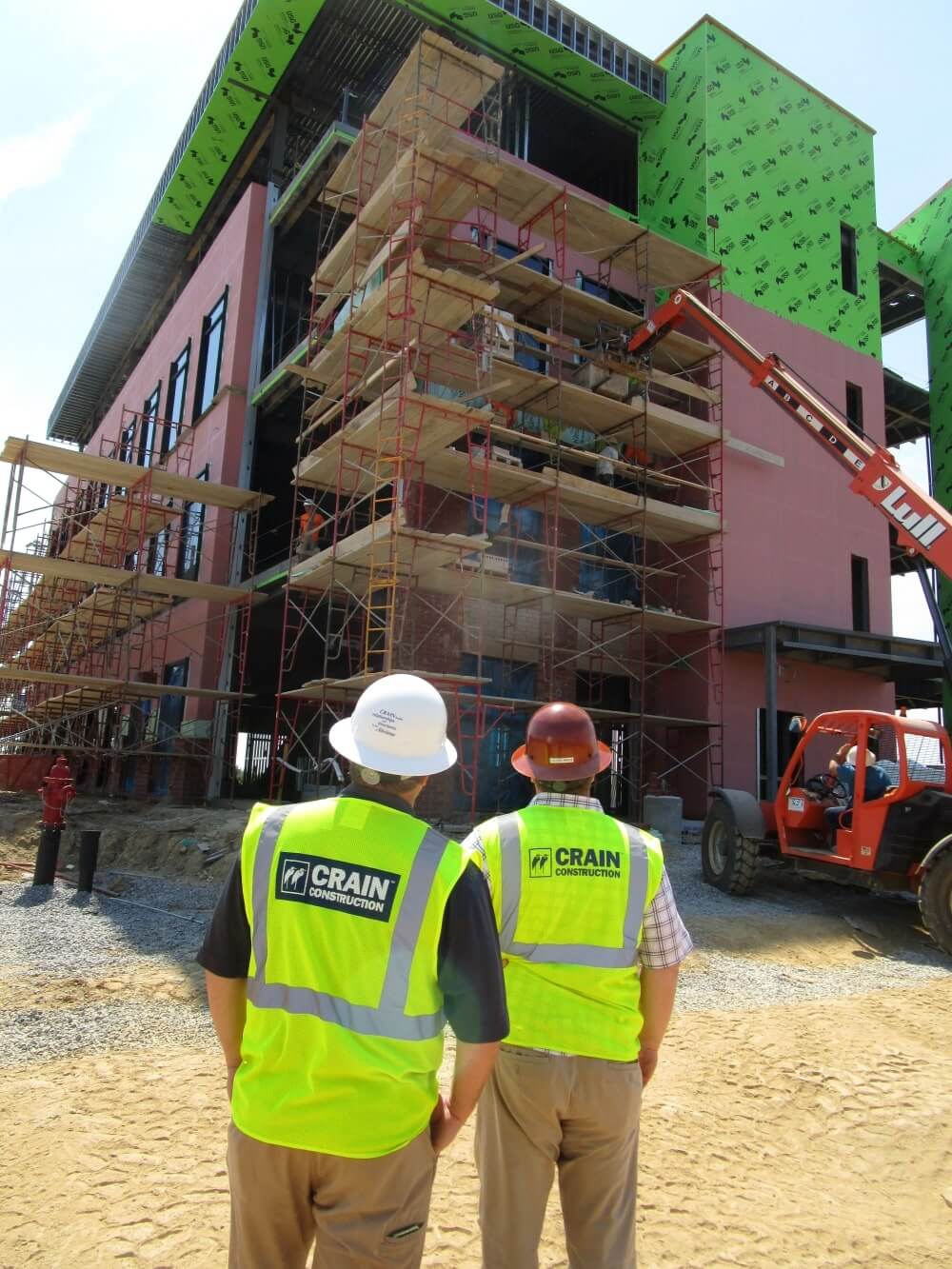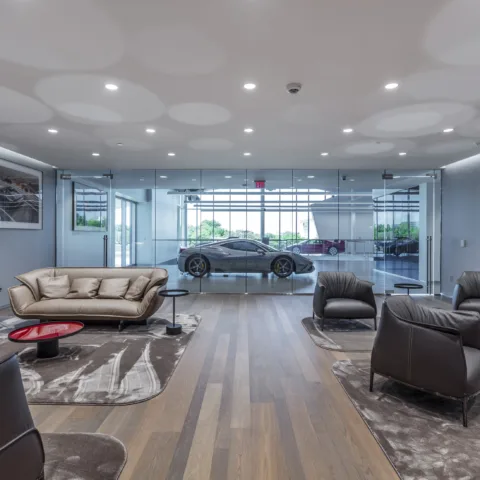The commercial construction industry is experiencing a perfect storm of factors that have spurred rising costs. First, there was the COVID-19 pandemic and the labor challenges and shortages it created. Next, supply chain disruptions during a time of unprecedented demand increased commercial construction costs and cut profit margins worldwide. Inflation has become the most recent issue that the industry faces. While commercial construction will always deal with ebbs and flows, this unique combination of events has created challenges we haven’t seen in our 90 years in the industry.
Over the past two years, our team has worked hard to help our clients navigate the challenges of commercial construction costs at every turn. We’ve leaned into our values of creativity, communication, and collaboration in new ways. While we may not be able to control the cost of materials or the reality of labor shortages, there are certain variables within our control that can help us make the most of a difficult situation.
Here are five innovative approaches we’ve taken to help our clients navigate a challenging commercial construction environment:
1. Anticipate and Plan For Costs During Pre-Construction
The pre-construction phase help build a solid foundation for commercial construction, and it plays a pivotal role in organizing the project. As developers and contractors work together to navigate rising construction costs, laying the proverbial groundwork has become more important than ever.
Pre-construction can help you streamline project planning, identify potential issues, and eliminate surprises related to scope and budget on the front end. It can also help you more accurately determine the exact materials your project needs in order to avoid waste and proactively plan around shipping delays.
2. Increase Efficiency and Offset High Material Costs
While you may not be able to combat rising construction costs directly, you can offset some costs by working smarter. Operational tools such as building information modeling (BIM) and construction field management software can help you increase efficiency on the job site. At Crain, we’re early adopters of new construction technology that can save clients significant time and money on a project.
3. Incorporate Sustainable Construction Practices
Green buildings used to be avoided because of the additional cost of construction. that’s no longer the case. Sustainable construction practices can now actually help reduce the overall cost of a project. While the long-term cost benefits of sustainable construction are better known, there are numerous ways that it can help reduce costs during a project.
Managing waste and using prefabricated materials are just a few of the ways we embrace a sustainable construction approach during projects. As we collaborate with clients about how they can reduce costs and take an environmentally friendly approach, we’ve found that sustainability has become a valuable part of the conversation in recent years.
4. Consider Modular Construction Methods
Modular construction is another way to navigate rising costs by streamlining the construction process. Modular construction allows for certain components to be assembled off-site and delivered as completed pieces of the whole. This option can often be less expensive and easier on the environment than building onsite from the ground up.
Crain’s Commitment to Partnership and Relationship
Despite the challenges we’re experiencing in our industry, multiple studies have shown there should be optimism for developers and partners as we move through 2022. Whatever challenges we might face, our team is committed to honest, intentional, and sustainable business practices—because it’s about more than projects and profitability.
Learn more about our unique approach to commercial construction projects or connect with our team to learn how we can support your new construction, renovation, or adaptive reuse project.



